How to Share Data for Collaboration
Guidelines for active and efficient data sharing between those generating data and those analyzing it.
Send us a link
Guidelines for active and efficient data sharing between those generating data and those analyzing it.
Understanding the research dynamics preceding the emergence of new areas.
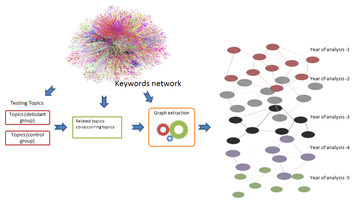
Sci-Hub's contains 68.9% of all 81.6 million scholarly articles, which rises to 85.2% for those published in closed access journals and 77.0% of the 5.2 million articles published by inactive journals.
Significance thresholds and the crisis of unreplicable research

A simulation-based evaluation of statistical tests on publication bias.
Peer review is the gold standard for scientific communication, but its ability to guarantee the quality of published research remains difficult to verify.
Preprints are receiving welcome attention these days for being an integral part of research communication. We announce that starting this week researchers will be able to directly submit their manuscripts to PeerJ for peer review from the popular preprint server bioRxiv.
The pervasiveness and quality of data sharing policies in the biomedical literature.
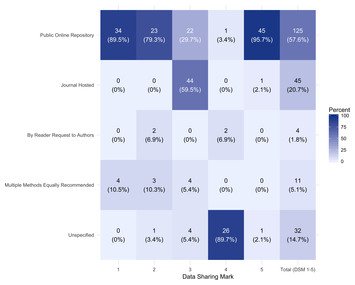
Significance thresholds and the crisis of unreplicable research
How open licenses can simplify international research when multiple research projects are involved and when projects have ended.
The potential for open scholarship to improve university research and education, as well asincrease the impact universities can have beyond their own walls.

So why make your work available as preprints? There are perceived positives and negatives to disclosing scientific work in the form of a preprint, explored here in the form of 10 Simple Rules.
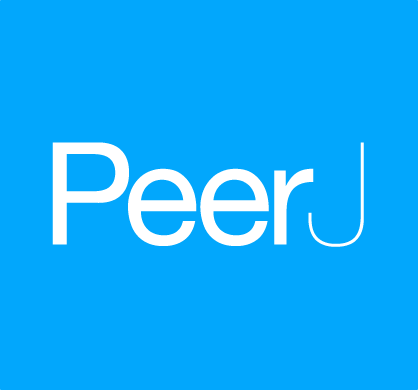
Can we as a community provide citizen scientists worldwide a chance to publish open access peer reviewed articles without significant cost through a competitive publication fee subsidy scheme where each application is reviewed by the national science funding agency?
How much German universities and research organisations spent on open access publication fees.

Biases in grant proposal success rates, funding rates and award sizes affect the geographical distribution of funding for biomedical research

Citation counts are not purely a reflection of scientific merit and the impact factor is, in fact, auto-correlated.
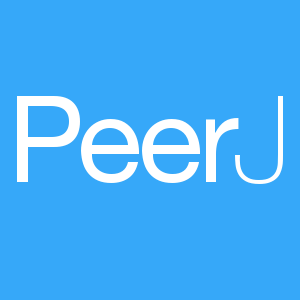
Institutions and funders should be alert to unfeasibly prolific authors when measuring and creating incentives for researcher productivity.
The paper proposes how to achieve widespread, uniform human and machine accessibility of deposited data, in support of significantly improved verification, validation, reproducibility and re-use of scholarly/scientific data.
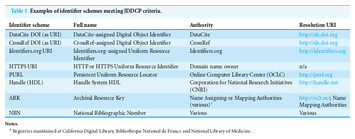
This study investigates the relationship between research group size and productivity in the life sciences in the UK and shows that the number of publications increases linearly with group size, but that the slope is modest relative to the intercept, and that the relationship explains little of the variance in productivity.
Study on the abundance of positive results in the scientific literature.

Comparison of the recall of commonly used online indexers.
Celebrating Open Access Week 2014 affords an opportunity to study and promote all aspects of ‘Open.’
It is known that statistically significant results are more likely to be published than results that are not statistically significant. We conducted a search in the abstracts of papers published between 1990 and 2014. The results indicate that negative results are not disappearing, but have actually become 4.3 times more prevalent since 1990. Positive results, on the other hand, have become 13.9 times more prevalent since 1990.
Publicity spurs science study retractions 7 times more often.